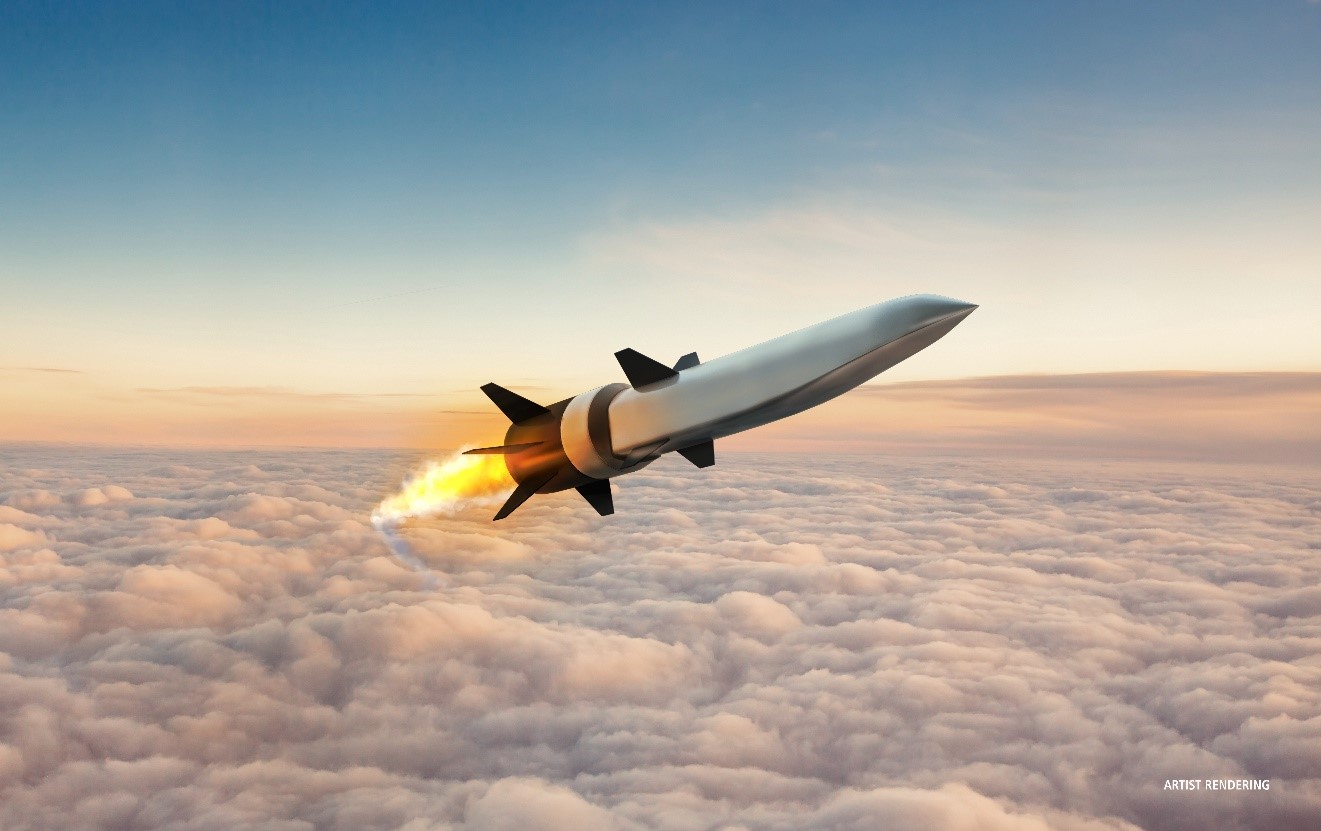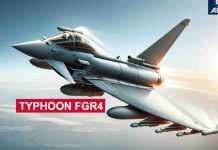North Korea’s latest test of a hypersonic missile, its third missile test in September alone, has serious ramifications not only for neighboring Japan and South Korea but also for the US.
US Achieves Big Breakthrough In Hypersonic Missile Technology After Back-To-Back Failures
The test reaffirmed North Korea’s scant respect for or fears over various international sanctions and United Nations resolutions that ban the communist country from testing or launching nuclear weapons or ballistic missiles.
Though some experts have doubts over the success of the test, North Korea claims that its Academy of Defense Science test-fired a newly-developed hypersonic missile of Hwasong-8 type in Toyang-ri, Ryongnim County, Jagang Province in the morning of September 28.
The fact that Pyongyang has attached ‘strategic significance’ to the test rekindles the apprehensions that the test, if successful, will enable Pyongyang to use nuclear missiles.
“The development of the hypersonic missile, one of the five top-priority tasks in the field of strategic weapons of the 5-year plan for the development of defense science and weapon systems, has been promoted according to the successive, scientific and reliable development process,” said the statement, published by the Korean Central News Agency. It added that the launch also saw North Korea introduce missile fuel “ampule” for the first time.
Boeing’s ‘Cutting Edge’ Block III Variant Of F/A-18 Super Hornets Gearing-Up For Indian Navy Carriers?
‘Hypersonic’ Is The New Buzzword
Hypersonic speed is considered anything faster than Mach 5, or five times the speed of sound, equivalent to just over 100 kilometers (60 miles) per minute or about a mile every second.

Thus, the hypersonic missile North Korea has reportedly tested has the potential to be one of the world’s fastest and most accurate weapons with a nuclear warhead, experts say. And because of its high speed, its flight can be very maneuverable, making it extremely difficult to shoot down.
Though like ballistic missiles, hypersonic glide weapons are launched by rockets high into the atmosphere, unlike the former whose warhead is largely powered by gravity once it begins its descent to its target, hypersonics dive back to Earth sooner before flattening out their flight path and then use internal navigation devices to make course corrections and keep it on target while traveling even up to 12 times the speed of sound, experts add.
Hard to tell at this resolution, but this looks like a MaRV payload (which can be hypersonic and "glide" ). This is one end of the "hypersonic glider" technology spectrum. pic.twitter.com/30o6zZopex
— Ankit Panda (@nktpnd) September 28, 2021
In other words, a North Korean hypersonic missile can defeat advanced missile-defense systems of Pyongyang’s adversaries, including the United States. It could change then the military equation in the region.
Though many countries, including the United States, Australia, and India, are pursuing their missions in the area of hypersonic weapons or missiles, only Russia and China are believed to have “deployable” hypersonic missiles.
In July, Russia was believed to have successfully launched a hypersonic missile, which reached a speed of 8659.88km/h (5381mph) from a frigate in the White Sea. Russia had tested such missiles before.
In fact, in December 2019, Russia had claimed that its hypersonic missile system — known as Avangard — had entered service. According to Russian President Vladimir Putin, the Avangard system is “practically invulnerable” to Western air defenses.
#NorthKorea launch unidentified projectile(s) into East Sea
– #SouthKorea JCShttps://t.co/CCduu6ClTC— Joseph Dempsey (@JosephHDempsey) September 27, 2021
Acknowledged to be the leader in the field of hypersonic systems, China has already fielded such weapons in the form of the DF-17 hypersonic glide vehicle. The DF-17 can deliver a warhead to within meters of its intended target at a range of up to 2,500 kilometers (1,553 miles).

North Korea Joins The Race
North Korea may join China and Russia now, a matter of serious concern, given its history of using coercive threats to get international concessions in cash and kinds (food and oil).
It may be noted that since 2002, North Korea has made steady progress in its nuclear weapons capability. While it now has nuclear facilities, fissile materials (both plutonium and highly enriched uranium), and a stockpile of about 30 to 60 warheads, a mix of new strategic and tactical weapons, it is estimated that Pyongyang can increase its nuclear arsenal by six to twelve warheads per year.
China Ends Western Monopoly In Aircraft Technology; Powers Its J-20 Stealth Fighter Jets With Indigenous WS-10C Engine
Pyongyang’s intention seems to not only gain a second-strike capability targeted at the US mainland, but also to acquire tactical deterrence by denial against South Korean forces, American forces in Japan and South Korea, and US reinforcement forces.
North Korea’s ruler Kim Jong-un has been repeatedly calling for the mass production of ballistic missiles and nuclear warheads. Missiles and nuclear warheads must go together, according to him.
“Sources in Seoul said the missile flew shorter than 200 kilometers at an altitude of around 60 km, adding it shows "different flight features from the missiles the North previously tested." ?https://t.co/XSNL7iFnYp
— Joseph Dempsey (@JosephHDempsey) September 28, 2021
It is against this background that North Korean missiles now having the capacity to carry nuclear heads is a major development in the Indo-Pacific.
It is obvious that North Korea wants to have a modern force that can even threaten the United States, protector of South Korea which Pyongyang wants to bring under its control in the name of a reunification of the country.
Loaded With A Fighter Jet Engine, American Fire-Breathing Truck Surpassess Aircraft In A Drag Race — Watch
The threats can be carried out with missiles with multiple warheads, which are impervious to ballistic missile defenses and can survive as well as retaliate credibly against a US pre-emptive attack. If Pyongyang achieves those goals, then North Korea’s nuclearization will never be reversed, even by force, experts say.
Concern For US, Japan
Predictably, the US and Japan have condemned Tuesday’s (September 28) test by North Korea. South Korea has preferred a cautious silence, given the growing chorus in the country to retaliate with Seoul developing its counter-weapons, including nuclear ones – a demand which President Moo Jae is seriously opposed to.
His political philosophy is reconciliation with the North Korean strongman Kim Jong-un.
But that is not the case with the US. Reversing and then eliminating nuclear weapons from North Korea and converting the entire Korean peninsula into a nuclear-free zone is one of the key foreign policy goals of every US Administration.
P-8 Poseidon: Indian Navy Bets Big On Boeing’s Maritime Recon Aircraft To Puncture China’s Swelling Military
And it has so happened that every US President in recent years has failed in accomplishing the mission. Each of them had relied on diplomacy and incentives to North Korea.
But Kim responded each time with coercion – testing more missiles and exploding, in between, nuclear devices. Will President Joe Biden adopt a different strategy? The answer is eagerly awaited.
- Author and veteran journalist Prakash Nanda has been commenting on politics, foreign policy on strategic affairs for nearly three decades. A former National Fellow of the Indian Council for Historical Research and recipient of the Seoul Peace Prize Scholarship, he is also a Distinguished Fellow at the Institute of Peace and Conflict Studies. CONTACT: prakash.nanda@hotmail.com
- Follow EurAsian Times on Google News




